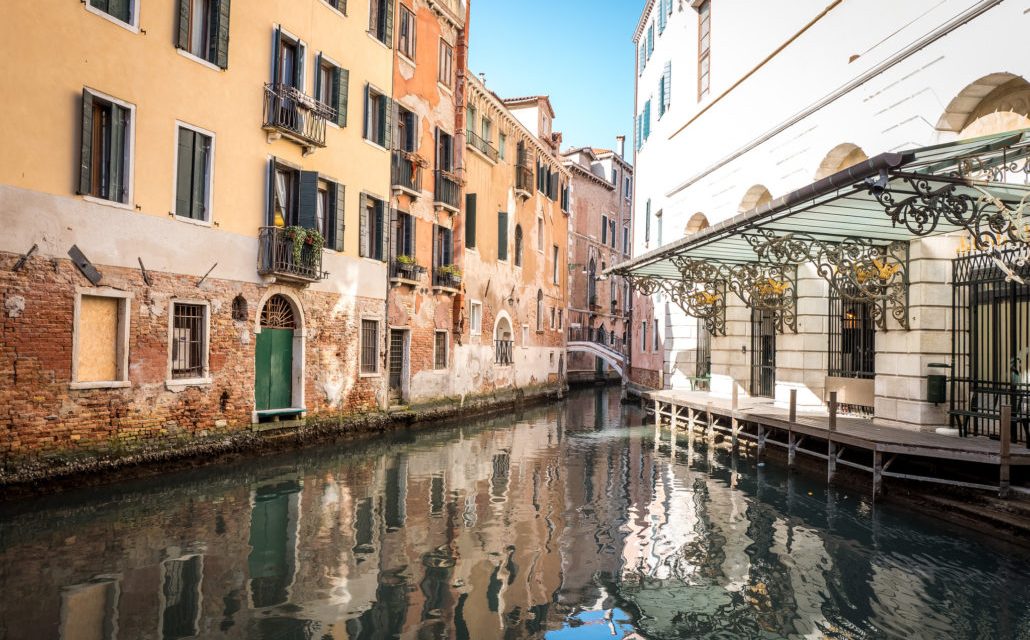Venice is a city that is built on water: palaces and churches rest on ancient and very solid foundations, the result of advanced engineering knowledge and a state-of-the-art construction. The secret of the city of Venice is the indirect foundation.
Venice houses: indirect perimeter foundations
Have you ever wondered how houses are built in Venice? Obviously, on the water! What characterizes them are the so-called indirect perimeter foundations, through poles that are fixed along the perimeter walls of the building.
The stakes driven into the ground rest on an underground layer of solid earth, called caranto or sedimentary clay, compact and resistant, about six to seven meters deep. The foundations rest in turn on this series of pine, larch or oak poles with a diameter of about thirty centimeters, placed at a very short distance from each other.
Venice houses: compaction foundations
And if the caranto layer is very deep? Compaction technique is used: around nine poles per square meter are planted in the ground along the entire area of the planned building. In this way the surface is compacted and made stable: natural soil is replaced by artificial soil.
The caranto, however, is less resistant than the rock, so the whole city of Venice is as if it floated on a sort of deep swamp, and it is expected that its buildings will be destined to sink more and more over the years.
Venice houses: the Istrian stone
On the layer of perimeter wooden poles are then placed the real foundations, made up of the stone of Istria, a rock coming from the nearby Adriatic peninsula, with very low porosity and a high impermeability. The layers of stones must reach a level of safety above the average level of the tides. A very resistant rock able to withstand the combined erosion of salt water and atmospheric agents for a very long period.




